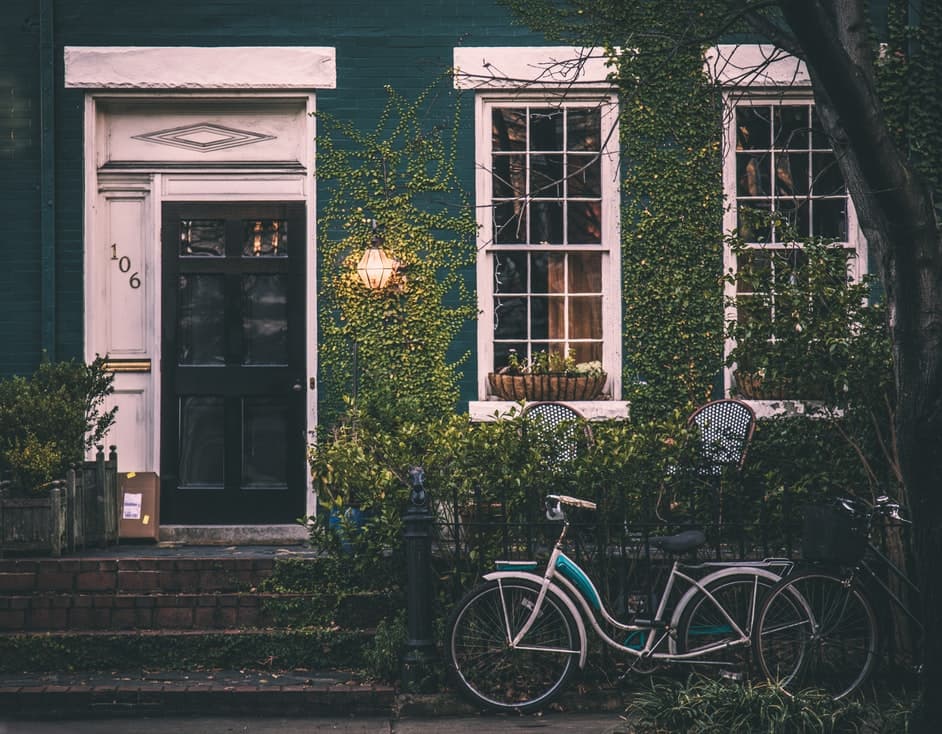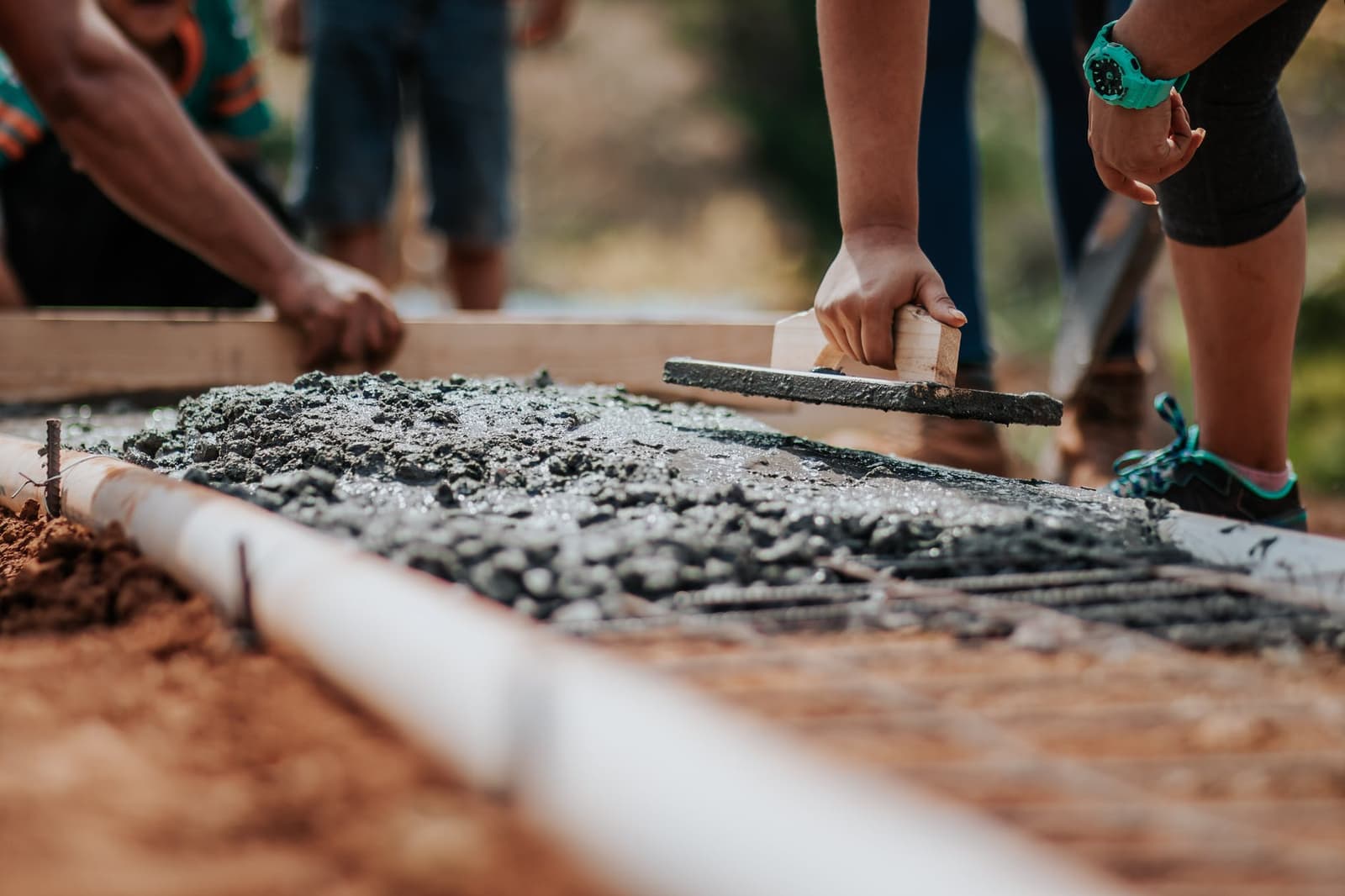5 Financial Aid Programs for a Greener Home
By Editorial Team
Updated on October 16, 2024

Compared to other Canadian provinces, Quebec was shown to be a leader in a study led by Ecohome on LEED-certified homes in Canada. Quebeckers have access to numerous government-issued financial assistance programs to subsidize their eco-friendly choices.
Green Renovation Grant Programs

Source : Canva
1- Rénoclimat
The Rénoclimat program is for homeowners seeking to undertake renovations to a building’s envelope or the structure’s mechanical system. Rénoclimat financial assistance program deals with:
Renovation work to improve the insulation levels of a roof, foundations, exterior walls, or exposed floors looking to cover 20% of the total surface area.
Air tightness of the home, which consists of caulking areas that are likely to cause warm air leaks or cold air drafts measured during a blower door test indicating the rate of air change (ACH).
Installing new Energy Star units or replacing a mechanical ventilation system, water heater, or heating apparatus with a model that’s more efficient under certain conditions.
To benefit from the above-mentioned financial aid, note that the work must be approved by a Rénoclimat program advisor. The latter will render it possible to receive interesting grants, some of $2,000 to $5,000 to install an energy-efficient geothermal system.
Let it be said that this financial assistance is offered to duplex, triplex, and single-family homeowners and landlords, as long as the latter is responsible for a 4 to 20-unit building. Post-renovation, homeowners who have benefited from this tax credit will see their heating bill drop by 20%.
For more information regarding the Rénoclimat program, you can check out our article: Home Renovation Subsidy Program in Quebec: Rénoclimat.
2- RénoRégion
The RénoRégion program is designed to help low-income owner-occupants carry out major renovation work on their residence, as long as the latter is worth at least $100,000.
To be eligible for funding, the cost of the renovation project must be valued at a minimum of $2,000, and be in regard to one of the following 9 fields:
Exterior walls;
Roofing;
Openings;
Bump-outs;
Structure;
Heating;
Thermal insulation;
Electricity.
Note that the maximum amount granted can cover at most 95% of the work costs, however, without exceeding $12,000. Moreover, let it be said that this program, which is offered by the Société d’Habitation du Québec, was put together for individuals residing in municipalities with less than 15,000 inhabitants or in the Gaspésie-Îles-de-la-Madeleine region.
3- Éconologis
This renovation financial aid program is designed to help low-income families renovate their properties to improve the energy efficiency of their households.
The beneficiaries of this program receive fast advice from an advisor, which will in turn issue recommendations regarding alterations or work that needs to be done. Besides, a programmable thermostat can be installed free of charge. Let’s wrap this up by mentioning that eligibility requirements for this program are evaluated based on household income.
4- Novoclimat
The Novoclimat program is for future homeowners wanting to build a house or developers looking to build a small, multi-unit building.
It involves finding a Novoclimat 2.0-certified contractor in one’s region and asking them to include the technical requirements needed to build a house according to the program’s energy efficiency standards. Upon signing the purchase agreement for your new house, the Novoclimat 2.0 option must be included.
After receiving “government approval,” you’ll get both a certificate and a form to claim your financial assistance. The homeowner or homebuyer and their contractor, or the developer if it relates to a multi-unit building, are thus eligible for funding.
The Novoclimat 2.0 house differs due to its superior insulation created by insulating, basement to attic, with continuous, high-performing insulation; enhancing airtightness by the way the walls and roof are built; increasing air quality due to Energy Star-certified heat recovery ventilators (HRV); putting in an efficient home heating system to maximize comfort, as well as using Energy Star-certified windows and doors that contribute to the dwellings air tightness.
The advantages of such a home in terms of energy consumption, comfort, air quality, and temperature control apply to both plexes and multi-unit buildings with less than 10 storeys.
For more information about the Novoclimat program, click here.
5- Chauffez vert
The Chauffez vert program is for owners of homes and multi-unit buildings with less than 20 storeys that have an oil heating or hot water system and are looking to upgrade to a more efficient and less polluting system. For example, electrical energy, geothermal energy, wind turbine energy, or solar energy systems. Albeit, originally, the program also funded the replacement of heat pumps, however, that’s no longer the case. Hydro-Québec’s efficient heat pump program now fulfills that purpose.
To qualify for financial assistance, your fuel system must be the primary source of heat and cannot be part of a dual energy system that uses electricity supplied by Hydro-Québec. Your water heater must provide household hot water. When it comes to an apartment building, the heating system and water heater must supply at least one unit in the dwelling.
The only eligible dwellings are those supplied with electricity by Hydro-Quebec, less than four storeys high, with a maximum square footage of 600 m2, with an undamaged and finished envelope, built and inhabited, year-round for more than 12 years, and with primary residential use for more than half of its surface area.
To register, fill out the online form, wait 5 to 10 days for approval, and then proceed with the work.
Consult the government website to know more about the Chauffez vert program.
Curious about other renovation work that could contribute to the betterment of the environment? Check out our Eco-Friendly and Green Renovation Guide.
Looking for something else?
Related articles
The latest industry news, interviews, technologies, and resources.

Editorial Team
•21 Aug 2025
Glued-laminated timber framing is tomorrow’s building material. Not only does it have numerous advantages, but it also reflects the environmental shift underway across the construction industry.
Editorial Team
•05 Dec 2025
Are you looking into replacing your aging heating system or outdated water heater with a newer, eco-friendly model? No surprise here, it makes for an expensive project and means spending several thousand dollars to make it happen.

Editorial Team
•18 Nov 2025
La gestion de CNESST (Commission des normes, de l’équité, de la santé et de la sécurité du travail) is often seen as a simple administrative formality, focused on the annual payroll declaration. However, for SMEs in the construction sector, effective CNESST management goes far beyond this obligation. Optimizing health and safety on worksites, anticipating risks, and keeping up with regulatory changes are essential to controlling costs, protecting workers, and ensuring the long-term sustainability of the business. To fully benefit from these practices and avoid common pitfalls, it is important to lay a strong foundation for your company from the outset.

Léa Plourde-Archer
•07 Nov 2023
Feeling like your house needs a makeover but you don't know where to start? Here is a list of 5 home improvement projects that will make your house look brand new.

Editorial Team
•07 Nov 2023
As we arrive at work each day, we’re hoping for things to run smoothly. Regardless of our title or position, the possibility of injury on the job is always around the corner.